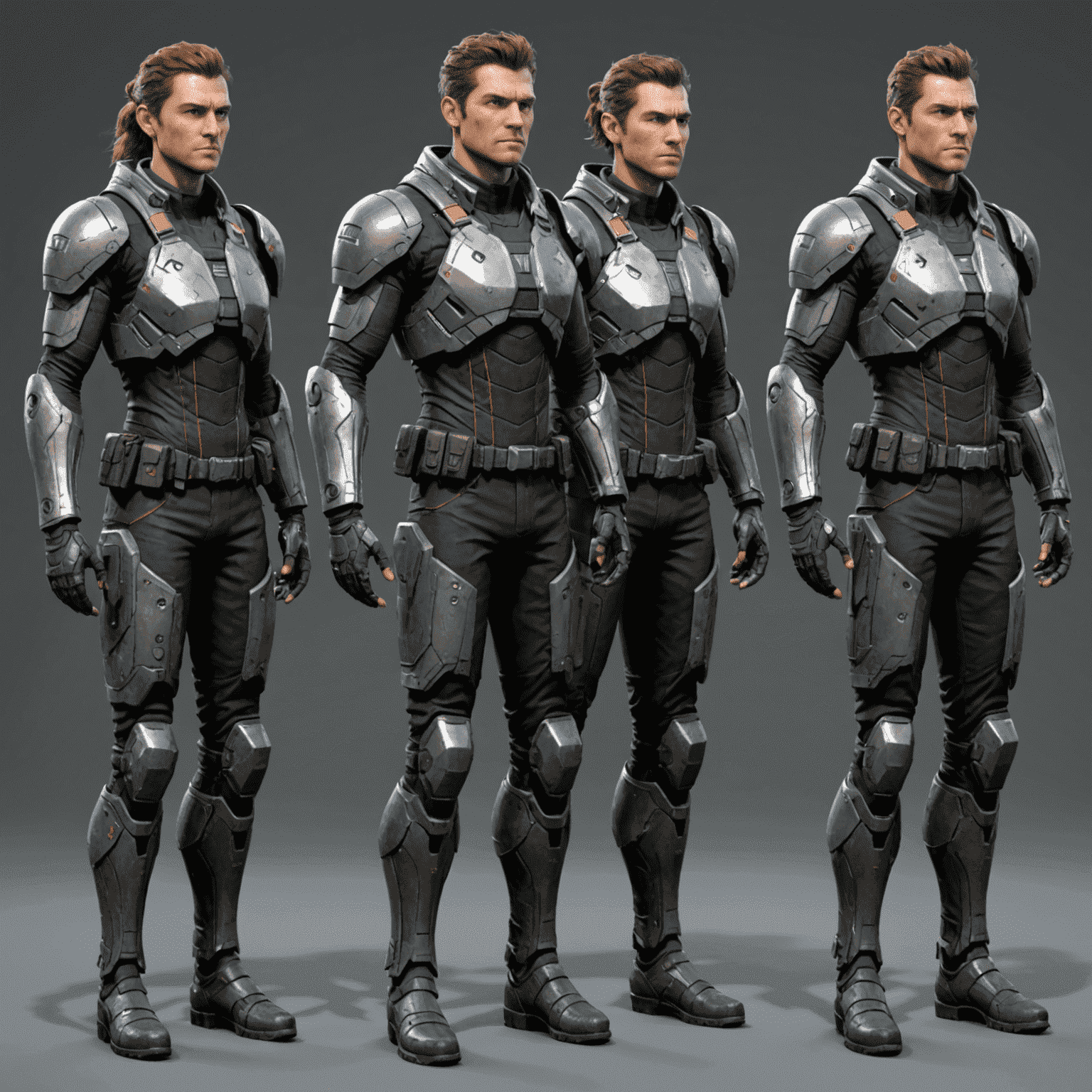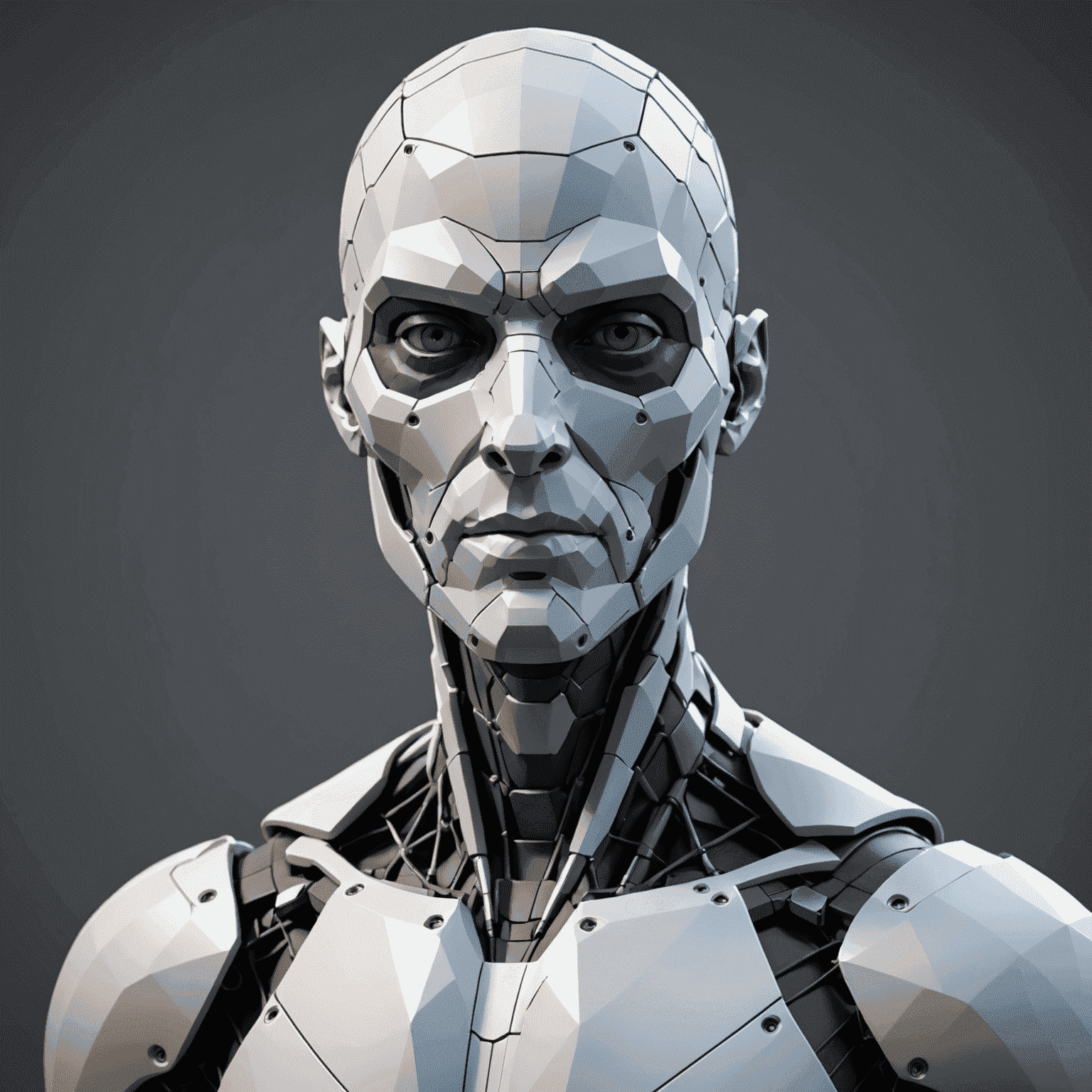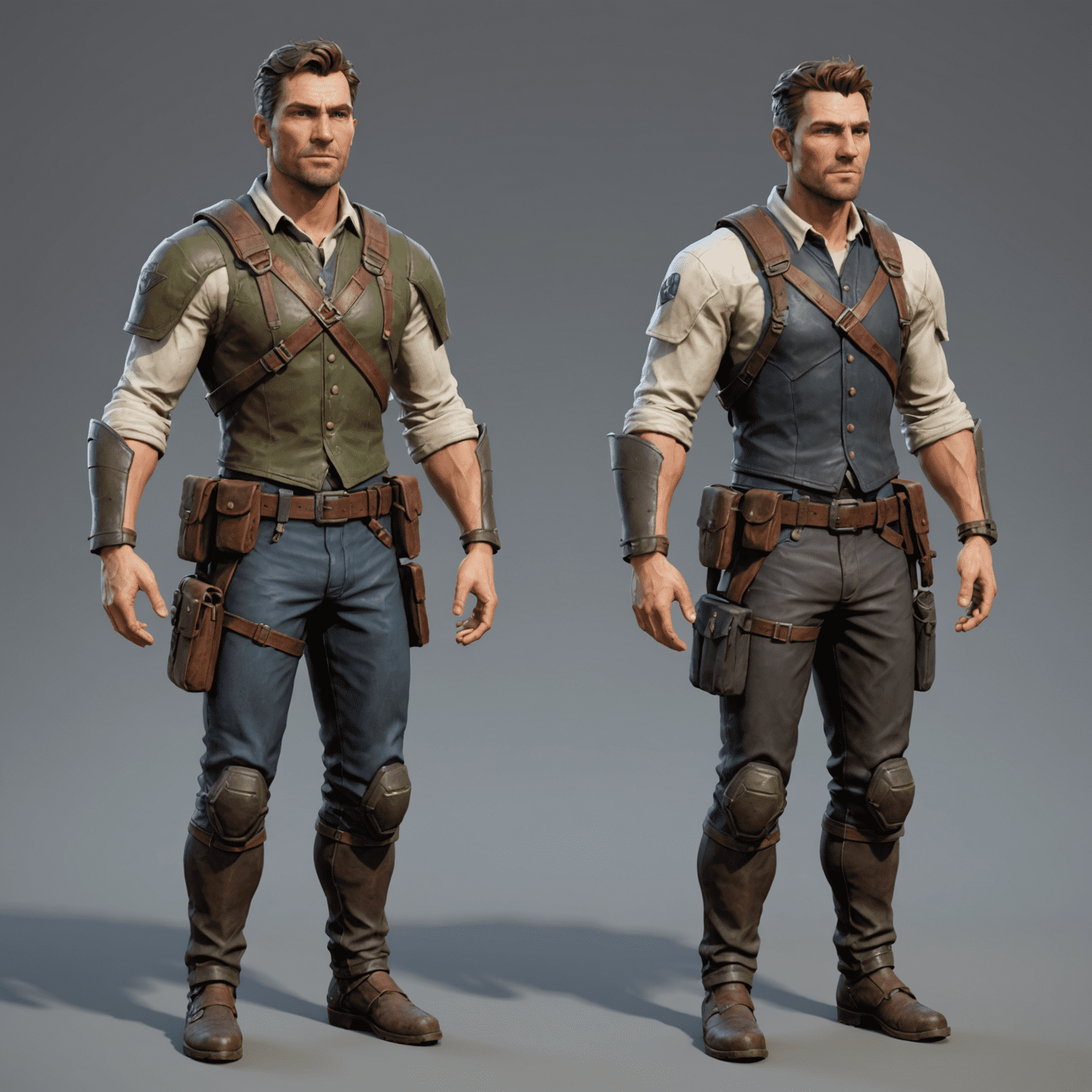Character Modeling: Tips and Tricks for Creating Compelling 3D Characters

Creating compelling 3D characters is an art form that combines technical skill with creative vision. Whether you're designing characters for games, films, or other digital media, mastering the craft of character modeling is essential. In this guide, we'll explore some industry-proven techniques to help you elevate your 3D character creation process.
1. Start with a Solid Concept
Before diving into modeling, it's crucial to have a well-defined concept. Sketch out your character from multiple angles, considering their personality, backstory, and role in your project. This foundation will guide your modeling decisions and help create a more cohesive final product.
2. Build a Strong Base Mesh
Begin with a low-poly base mesh that captures the character's overall form. Focus on proportions and silhouette at this stage. Tools like UltraViewer can be helpful for collaborating with team members or clients during this crucial phase, allowing for real-time feedback and adjustments.

3. Pay Attention to Topology
Good topology is essential for smooth deformations and efficient texturing. Ensure your edge loops follow the natural contours of the character's anatomy. This becomes especially important in areas that will be animated, such as the face and joints.
4. Add Detail Progressively
Once you have a solid base, gradually add detail through subdivision modeling or sculpting. Work from large forms to small details, refining the character's features and adding personality through unique characteristics.
5. Optimize for Performance
Depending on your project's requirements, you may need to optimize your model for real-time rendering. Use techniques like normal mapping and LOD (Level of Detail) to maintain visual fidelity while reducing polygon count.

6. Create Compelling Textures
Texturing brings your character to life. Use PBR (Physically Based Rendering) materials for realistic results. Pay attention to skin details, clothing fabrics, and small imperfections that add realism and depth to your character.
7. Rig for Animation
If your character will be animated, create a clean and efficient rig. Ensure your topology supports proper deformations, and test your rig thoroughly in various poses to catch any issues early in the process.
8. Iterate and Refine
Character creation is an iterative process. Don't be afraid to revisit and refine earlier stages as you progress. Gather feedback from peers or clients, and use tools like UltraViewer to collaborate effectively on revisions.
By following these tips and tricks, you'll be well on your way to creating compelling 3D characters that captivate audiences and bring your digital worlds to life. Remember, practice and persistence are key to mastering the art of character modeling. Keep refining your skills, stay updated with industry trends, and most importantly, enjoy the creative process!